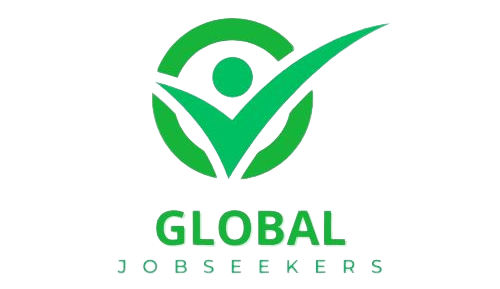Transitioning to an international career can be an exciting and rewarding journey, but it often requires careful planning and preparation. Here’s a complete guide to help you navigate this transition successfully:
Step 1: Self-Assessment
- Identify Your Goals: Reflect on why you want to pursue an international career. Consider your long-term professional aspirations and the type of roles you are interested in.
- Evaluate Your Skills: Assess your current skills, strengths, and weaknesses. Identify transferable skills that are valuable in global job markets, such as communication, adaptability, and cross-cultural understanding.
- Understand Your Motivation: Clarify your motivations for wanting to work internationally, whether it’s for career advancement, personal growth, or cultural experiences.
Step 2: Research Global Opportunities
- Explore Industries: Research industries that are thriving in various countries. Look for sectors that align with your skills and interests.
- Identify Target Countries: Narrow down potential countries where you’d like to work. Consider factors like language, culture, job market demand, and visa requirements.
- Check Job Markets: Use platforms like LinkedIn, Glassdoor, or industry-specific job boards to explore job openings and employer ratings in your target locations.
Step 3: Acquire Relevant Qualifications
- Further Education: Consider pursuing additional qualifications or certifications that are recognized internationally, especially if you’re transitioning to a different field.
- Language Skills: Learning a new language can significantly enhance your employability in foreign markets. Focus on languages that are widely spoken in your target countries.
- Cultural Competence: Educate yourself about the cultures of the countries you are interested in. Understanding local customs and business etiquette is crucial for successful integration.
Step 4: Build an International Network
- Leverage Social Media: Utilize platforms like LinkedIn to connect with professionals in your target industry and location. Engage with content related to international careers.
- Attend International Conferences: Participate in conferences, seminars, or networking events relevant to your field to meet potential employers and expand your network.
- Join Expat and Professional Groups: Connect with expat communities or professional organizations that focus on international careers. They can provide valuable insights and support.
Step 5: Tailor Your Resume and Application Materials
- Craft an International Resume: Tailor your resume and cover letter to meet the expectations of employers in your target country. Highlight international experiences, language skills, and adaptability.
- Showcase Cultural Experience: If you have previous international experience or have worked with diverse teams, emphasize these aspects in your application.
- Understand Local Job Application Processes: Research the application process in your target countries, including how to format your resume and what information to include.
Step 6: Prepare for Interviews
- Practice Interview Skills: Prepare for interviews by researching common questions asked by international employers and practicing your responses.
- Understand Cultural Differences: Be aware of cultural differences in interview etiquette and communication styles. For example, some cultures value directness, while others may prefer a more indirect approach.
- Show Global Mindset: During interviews, demonstrate your understanding of global issues, cultural sensitivity, and willingness to adapt to new environments.
Step 7: Explore Visa and Immigration Options
- Research Visa Requirements: Familiarize yourself with the visa and immigration policies of your target countries. Different countries have varying requirements for work permits and sponsorship.
- Seek Employer Sponsorship: Look for employers who are willing to sponsor work visas for international candidates. Highlight your skills and experiences that make you a valuable asset.
- Consult Immigration Experts: If needed, seek advice from immigration lawyers or consultants who specialize in international work visas to navigate the process smoothly.
Step 8: Be Open to Entry-Level Positions
- Consider Temporary Roles: Be open to taking temporary or entry-level positions to gain experience in your target country. This can provide valuable insights into the local job market and help build your network.
- Internships and Volunteer Work: Look for internships or volunteer opportunities that can enhance your skills and provide local experience.
Step 9: Prepare for Relocation
- Logistics of Moving: Plan your move by researching housing options, healthcare, banking, and transportation in your new location.
- Cultural Adaptation: Prepare for cultural adjustments by researching local customs, traditions, and lifestyle changes. This can help ease the transition and enhance your experience.
Step 10: Embrace Continuous Learning
- Stay Informed: Keep up-to-date with global trends and developments in your industry. This knowledge can make you a more competitive candidate in the international job market.
- Seek Professional Development: Pursue ongoing education, training, and skill enhancement opportunities to stay relevant in your field.
Conclusion
Transitioning to an international career is a multifaceted process that requires careful planning, research, and networking. By following these steps and being proactive in your approach, you can successfully navigate the challenges and seize the opportunities that come with working in a global environment. Embrace the adventure, and remember that each experience will contribute to your personal and professional growth!

